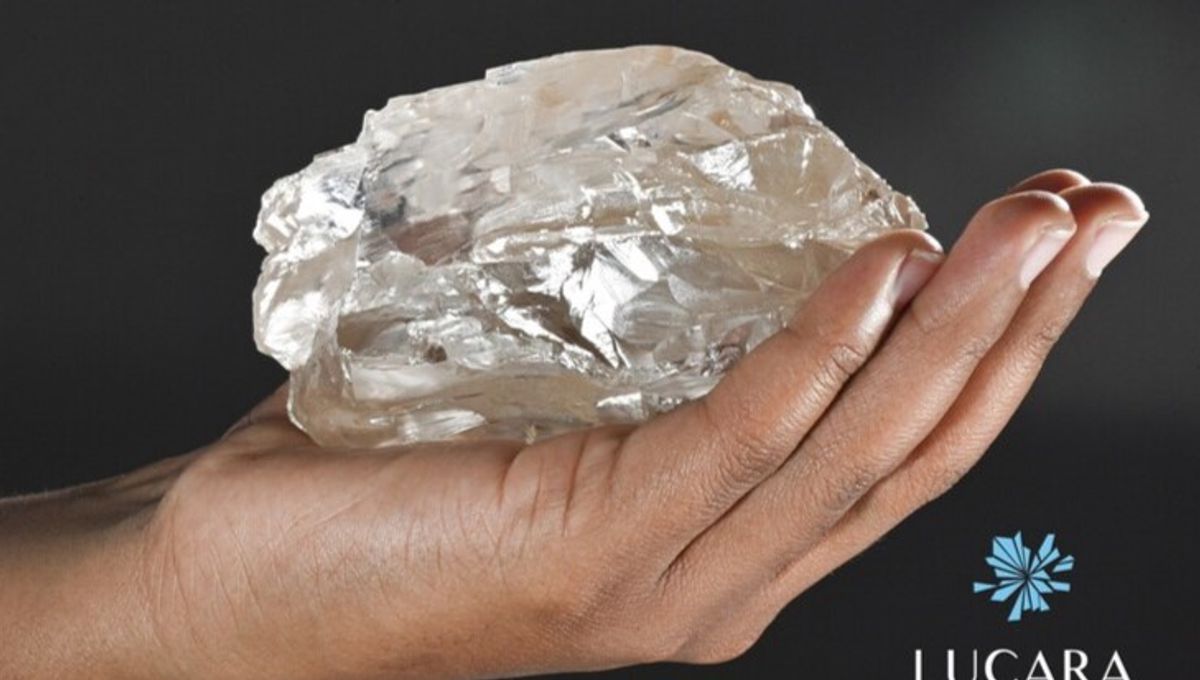
We come to you with an absolute gem of a news story. Quite literally – the world’s second biggest diamond has been discovered in a mine in Botswana.
The rough stone is a certified whopper at 2,492 carats – that’s nearly half a kilo or just over a pound – and was found amongst kimberlite in the Karowe mine, in the center of the country, during operations by diamond exploration and mining company Lucara Diamond.
It was detected and recovered using technology developed by the company known as Mega Diamond Recovery X-ray Transmission, or MDR XRT.
Mining can be a risky process – in chomping through rocks, there’s a chance you’ll inadvertently smash up a valuable find. According to a Lucara engineer who spoke to The New Yorker, the MDR XRT tech functions “like an airport baggage scanner”, working to detect gems so that they don’t get crushed.
Unsurprisingly, William Lamb, the president and CEO of Lucara, said the company was “ecstatic” about the find in a statement, calling the gem “extraordinary”.
That excitement is likely to be a familiar feeling for them. The company has something of a reputation for uncovering giant gems, having now found the world’s second biggest rough diamond multiple times. Lucara uncovered both the 1,109 carat Lesedi La Rona and the 1,758 carat Sewelô that later knocked it off the second-place spot.
But neither those gems, nor the as-of-yet unnamed newly found diamond, are a patch on the world’s biggest ever found.
That title goes to the Cullinan Diamond, which was unearthed in a South African mine back in 1905, and weighed a hefty 3,106 carats (621 grams). For context, that’s about as heavy as the heaviest NBA-standard basketballs, or around 7,692 bees (a very scientific measure we’re sure you’ll agree).
While the giant gem would go on to be used for more esthetic purposes – it was cut up into various smaller gems that wound up in many pieces of royal jewelry – diamonds can also tell scientists a lot about the history of the planet.
A study published last year, for example, analyzed 650- to 450-million-year-old, “superdeep” diamonds mined from Brazil and Western Africa, and from their inclusions discovered more about how the ancient supercontinent of Gondwana was formed.
But as helpful as they are, diamonds are also notoriously difficult to find – even if Lucara’s wealth of giant discoveries might make it seem otherwise. Luckily, researchers have recently found a less popular gem that may well act as a signpost.
Source Link: World’s Second Biggest Diamond Found In Botswana Mine